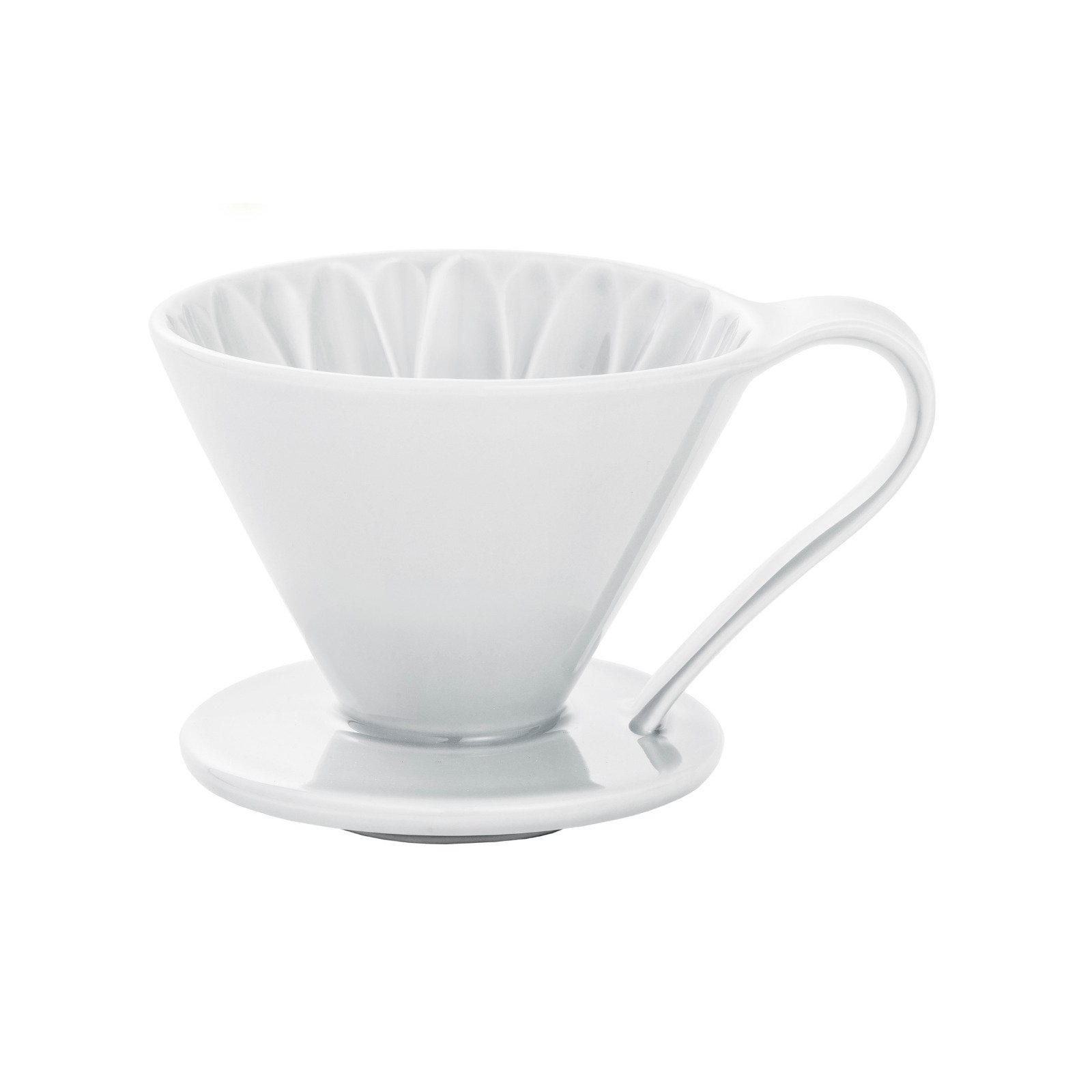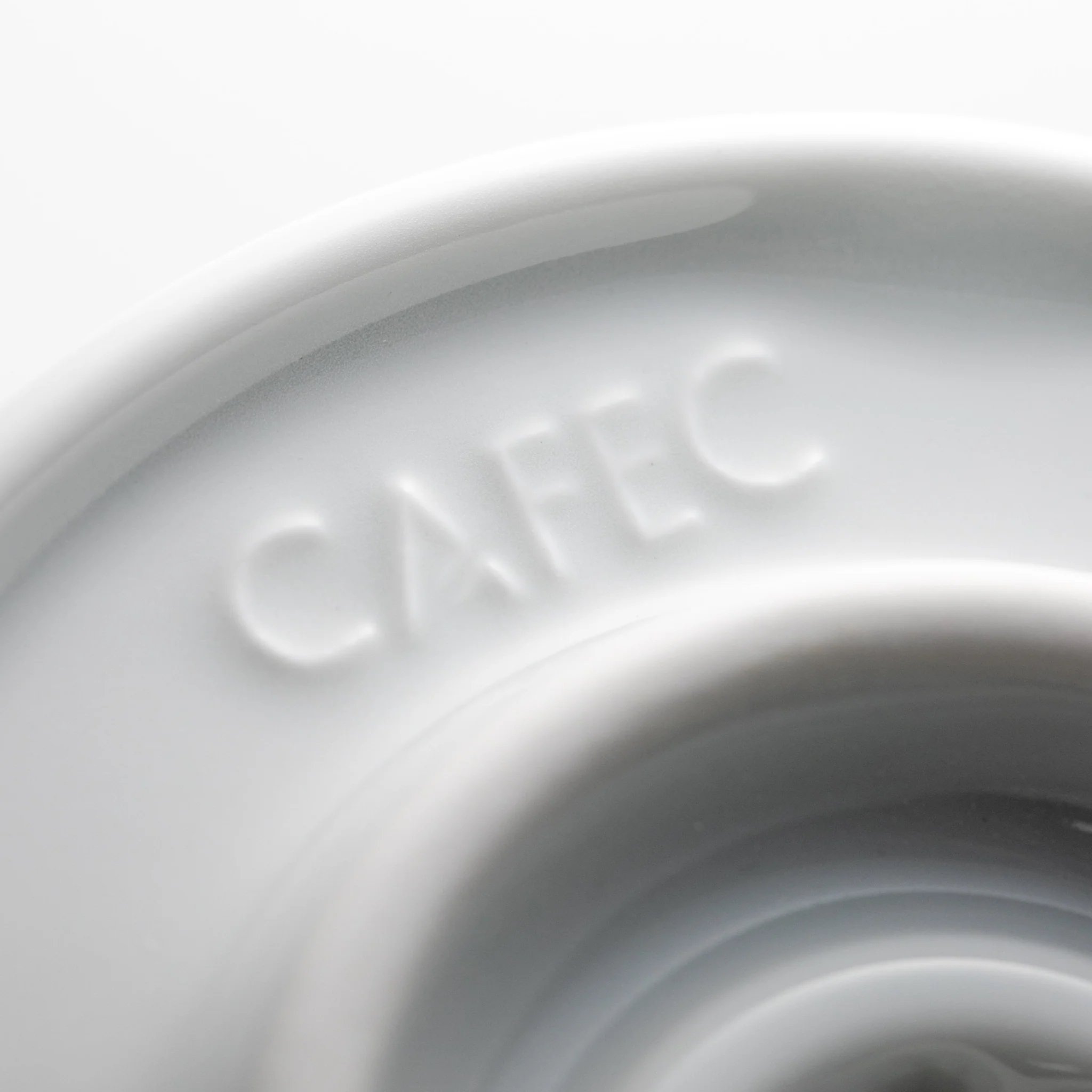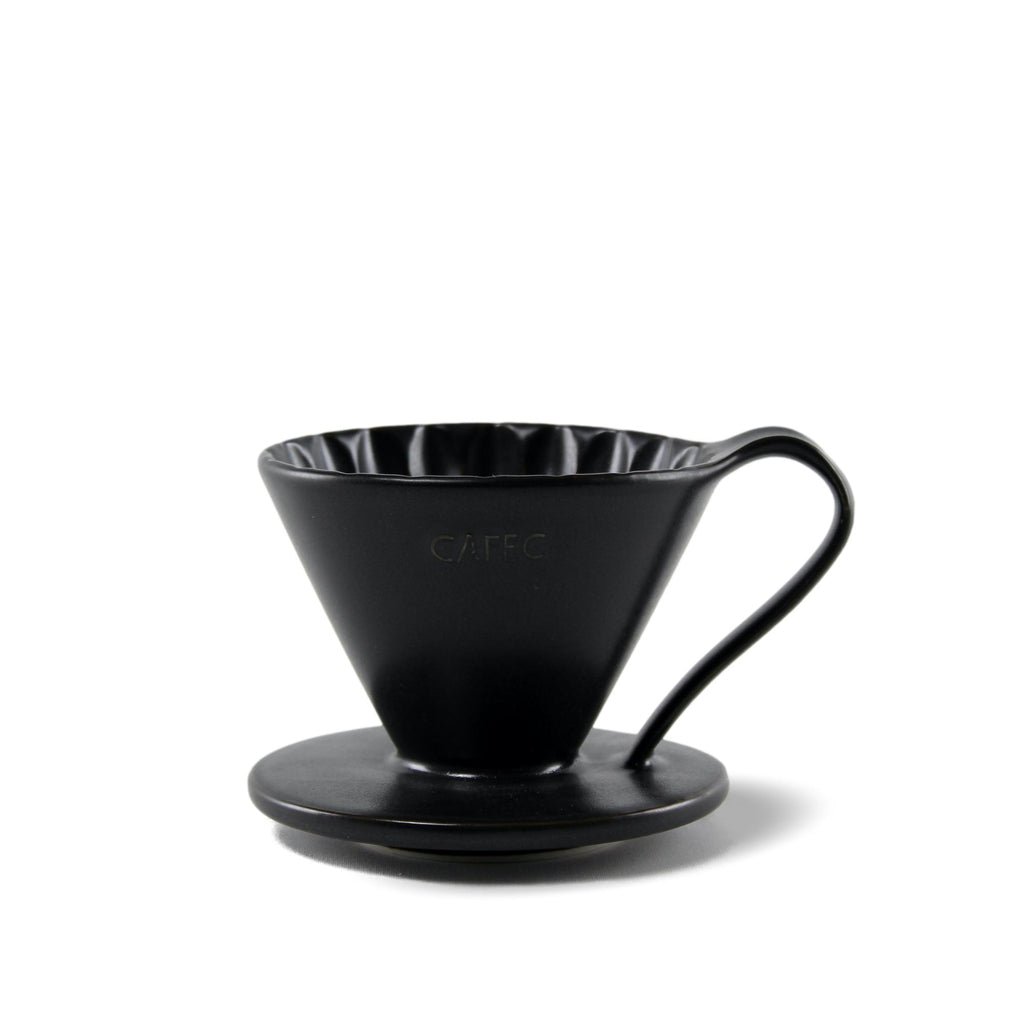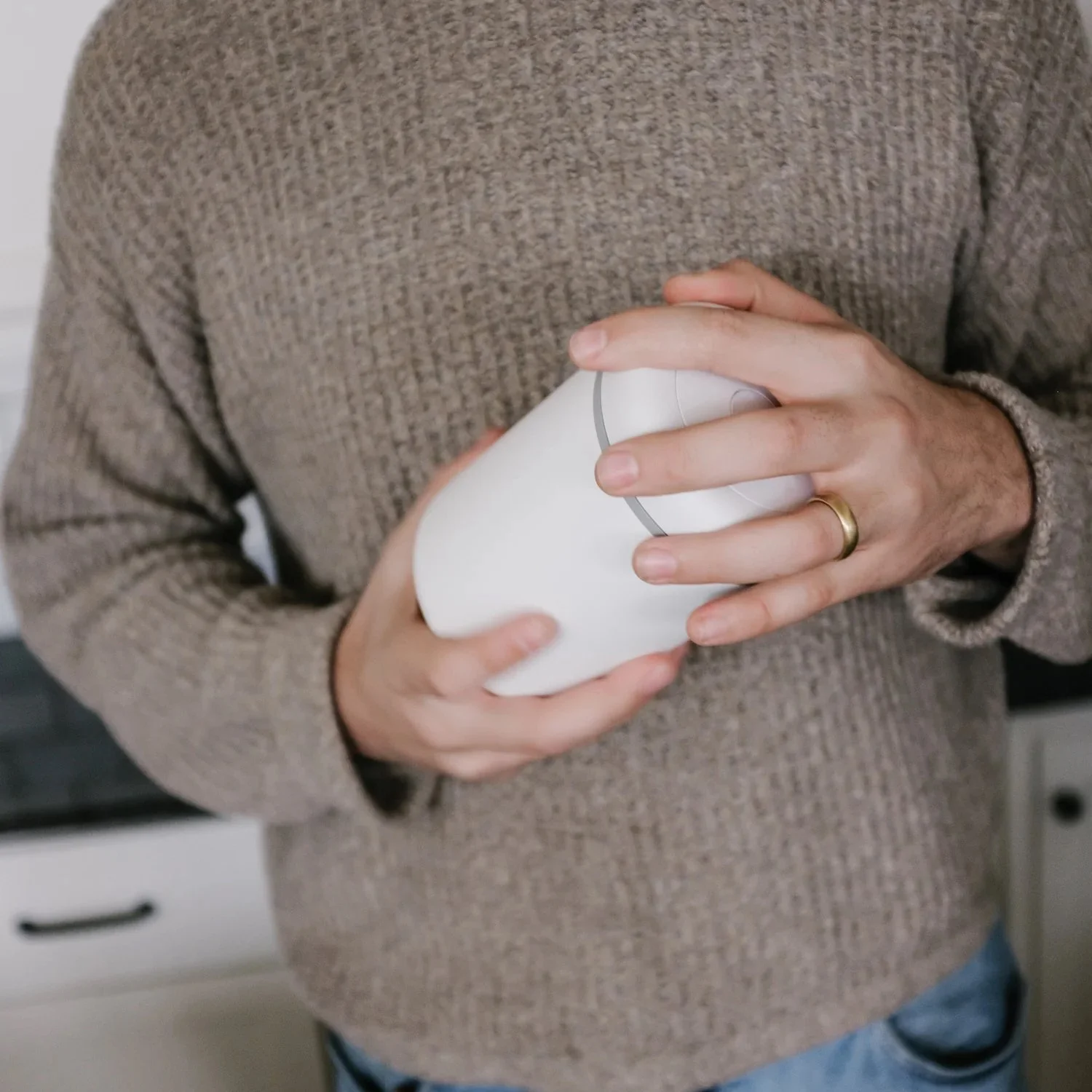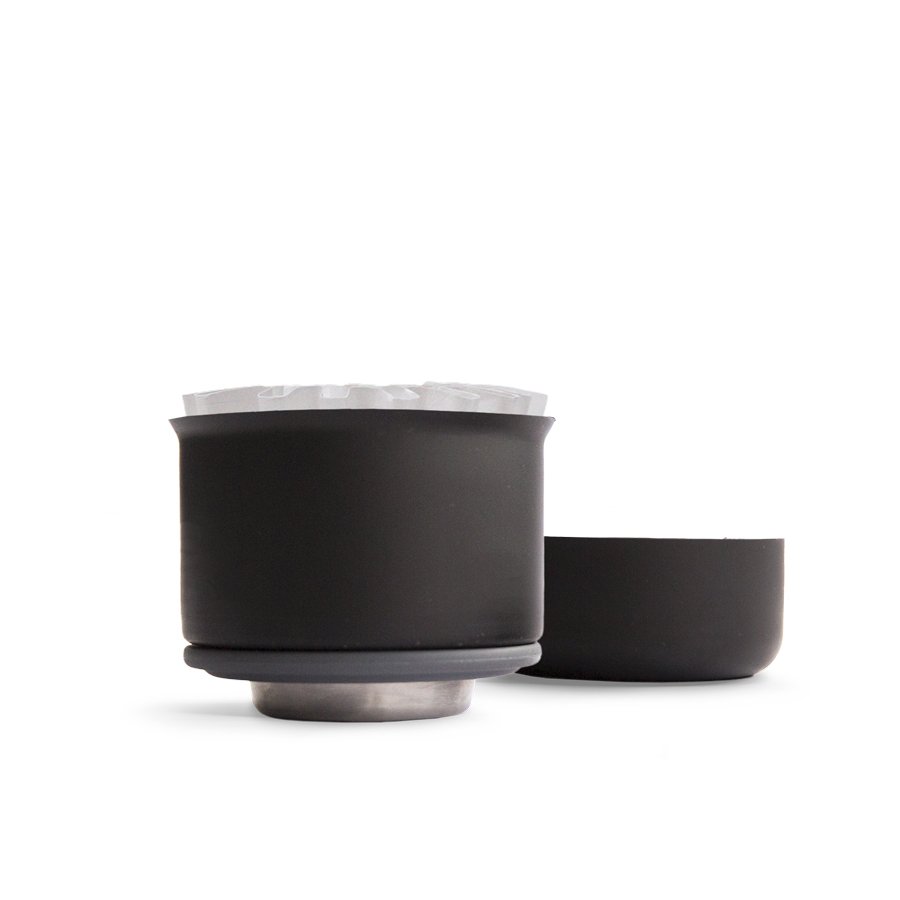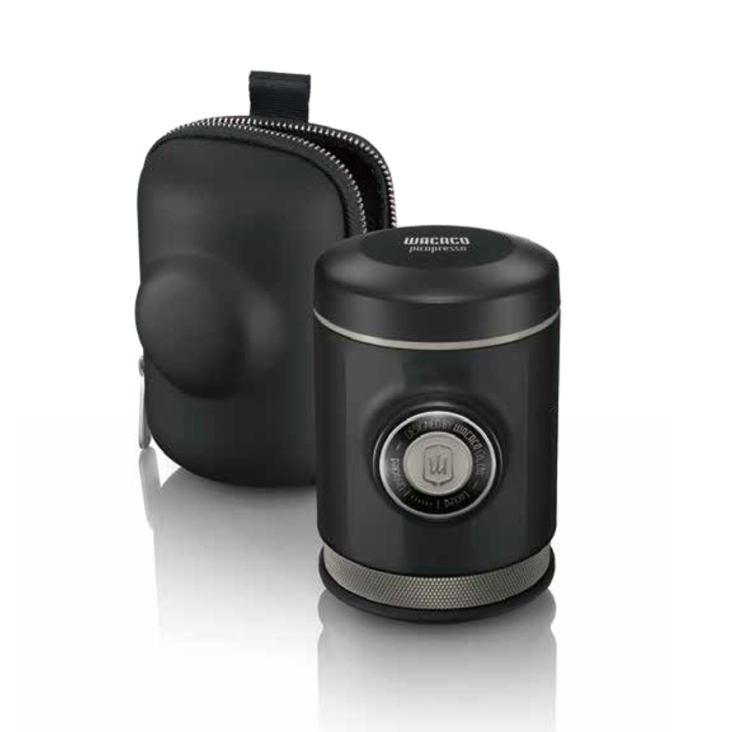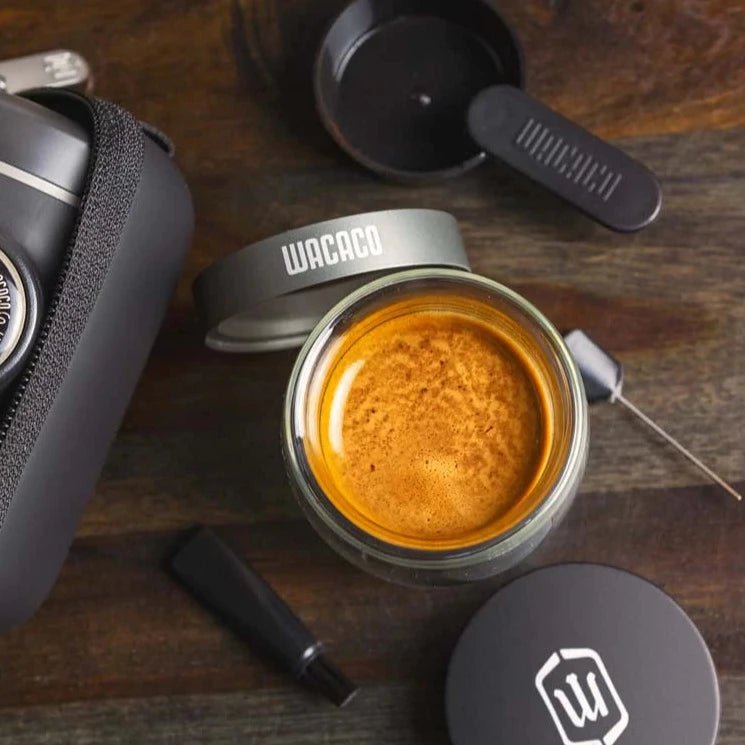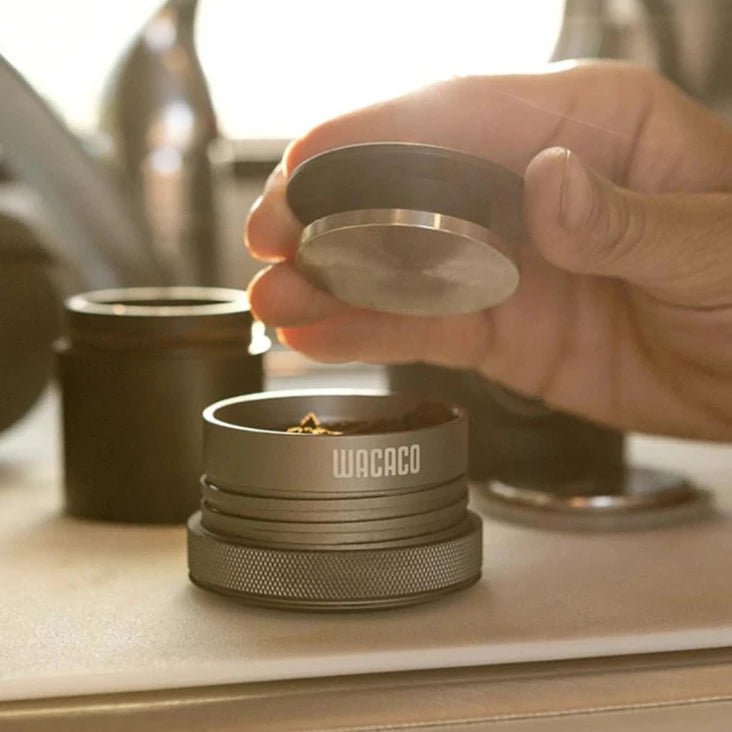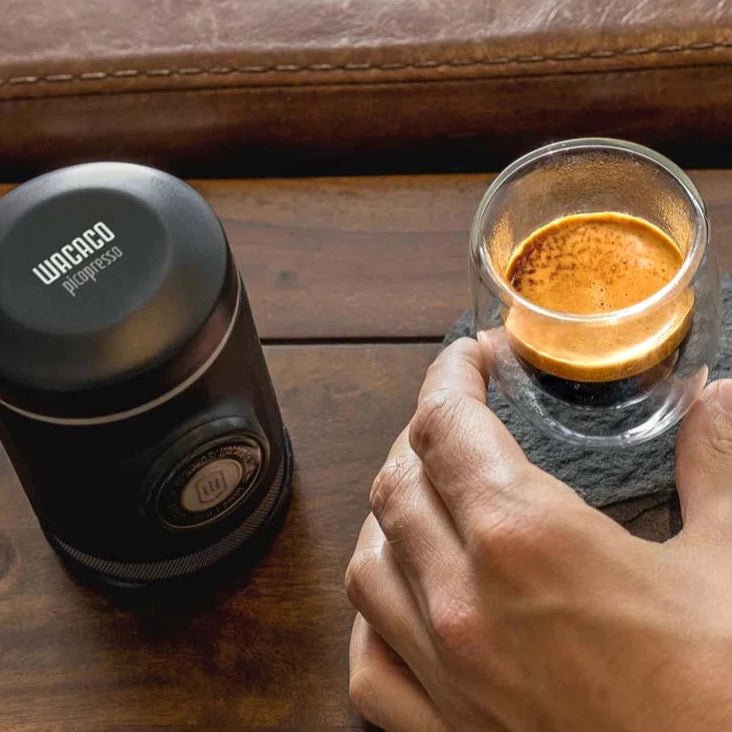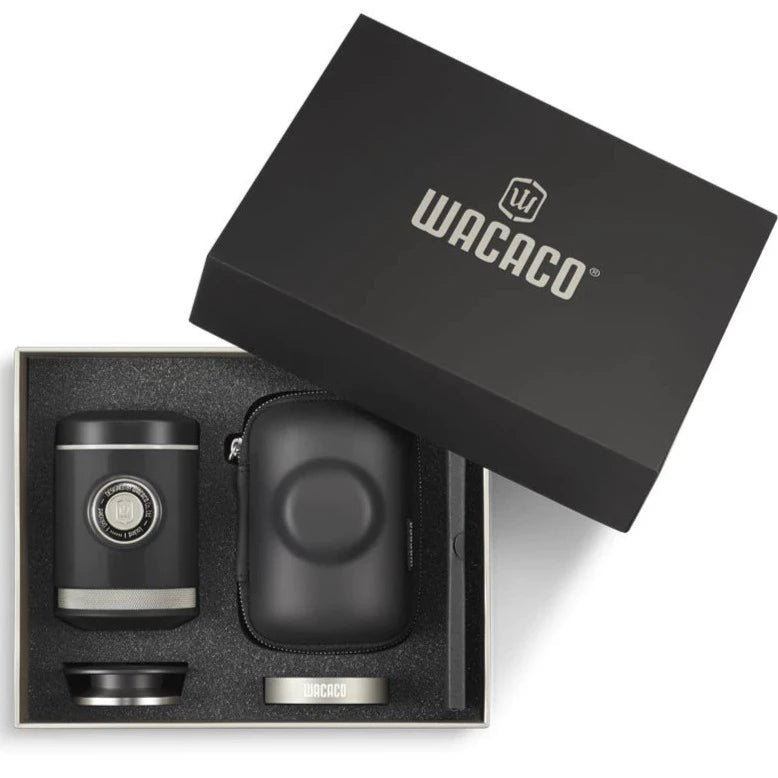FAQ
-
You might have noticed that our coffees come either in a yellow or in a green bag, but what is the difference? The short answer: green bean quality!
Working directly with our producers since a very early stage in coffee production, we only source nano and microlots scoring at least 85 points out of 100 of the SCA grading system. While coffee is considered specialty grade coffee starting at 80 points, we believe that from 80 to 84 points, although being good coffees, they lack in interest and complexity. The beans we source after thorough quality controls at origin, range from 85 to 92 points and represent some of the very best Bolivia produces and most of these coffees or producers have reached the final stage of the yearly national auctions in the past. Of course, 85 to 92 points is still a very wide spread in quality for the coffee enthusiast, and that’s why we split them further through the color of our bags:
YELLOW BAG: this is a coffee ranging from 85 to 88 points, meaning that it is a very good specialty coffee that has an above average complexity, nice balance between acidity, sweetness and bitterness, and is a great pleasure to drink anytime!
GREEN BAG: these are unique coffees scoring above 88 points and are the crème de la crème of coffees coming out of Bolivia! These are excellent to extraordinary beans that regularly win awards in the national auctions and can easily compete with the best coffees from any well known origin or Finca.
All our coffees, both in green and yellow bags, can be traced to a single nanolot or microlot and showcase a very unique combination of variety, processing method and terroir. Bolivia is not a common origin in the specialty coffee market as, while of excellent quality when done right, the production volume is still very low. This also means, that most of the batches we source, are exclusively available through us, worldwide - either at MUYU or through our sister roastery at origin, Elevate Coffee Bolivia.
If you’d like to explore what lots we have available at the moment, you can do so in our online shop!
-
Worldwide, arabica coffee is graded according to the same scale out of 100 points, based on an organoleptic analysis called “cupping”, performed by certified Q-Graders. Specialty coffees are considered the best in the world and score above 80 points in this sensory test.
The combination of high quality standards in green beans and taste sets specialty coffee apart from any other, by surprising you with each sip of its complex deliciousness.
Living first hand the daily realities of a producing country, we are deeply humbled seeing our farmers putting their sweat, perseverance and dedication into those little beans to ensure you are getting carried away when savoring a cup of specialty coffee. By enjoying specialty coffees you ensure that the higher price is directly reflected in both a better taste in your cup and higher living standards for the producers.
-
Although a feather weight among coffee producing countries, Bolivia is consistently producing small quantities of excellent specialty coffees that are sought after worldwide. Proof of this are the many competitors in World Championships using bolivian coffees in their routines over the last decade. Insiders believe that Bolivia’s extremely diverse microregions, especially the Yungas region near La Paz, located at elevations between 1’400 and 2’200 masl are heavenly spots for growing arabica coffee.
A jungle-like flora in high mountainous valleys contribute to growing aromatic complex, elegantly acidic and juicy sweet coffees, whose flavors can dramatically change from one micro lot to the neighboring one.
The high elevation and lack of oxygen in the thin air force the plants to grow under stress, channeling their energy and nutrients towards the seeds instead of branches and leaves. The cold temperature at night slows down the maturing process giving the sugars more time to develop inside the fruit and allowing the acidity to gain complexity. When harvested at their peak maturation, those beans contain everything coffee experts are searching for!
-
To understand our roasting philosophy we need to start acknowledging that coffee is a cherry, and thus a fruit. From an aromatic point of view it is by far the most complex one on the planet, having over 1,200 chemical compounds that are triggered during roasting. For comparison, wine has only around 150 and cocoa around 350. Depending on numerous factors such as the plant variety, the origin, the terroir, the growing elevation and the processing, every coffee has its own, very unique aromatic profile.
Being a fruit, arabica coffee can taste from red berries to caramel, from strawberry to champagne, from citrus to dark chocolate, from mango to jasmine.
We develop our roast profiles specifically for each and one of our coffees, as they all have their very own character and behavior. With great care we try to highlight the intrinsic aromas of each coffee bean and balance the final cup perfectly, by roasting lighter than what you are used to from commercial roasters. Our coffees undergo many trial rounds with extensive cuppings until we are completely satisfied that our chosen profile represents the coffee in its by nature intended form. This passionate work of our team translates into a coffee lineup that is incredibly diverse.
-
When it comes to brewing filter coffee, you usually get to choose between a v-shaped cone filter such as the Cafec Flower, Hario V60, Origami or a flat-bottom filter stile used in the Orea, April brewer, Solo dripper, Origami.
But which one should you choose based on your preference? Broadly speaking, when comparing the same coffee, cone filters translate into cleaner cups with more acidity, while flat-bottom brewers get you sweetness and a richer body.
Should you use different brewer styles with different processing methods or sensory profiles? Intuitively we tend to grab a v-shaped brewer when brewing washed coffees that have any sort of acidity in them that we like to highlight, for example citrus fruits, plum, green apple, berries, pine apple and so on. We also tend to use cone shaped filters when we want to highlight delicate flavors such as florals. On the contrary, with naturals and honeys we generally go for a flat bottom brewer to highlight sweeter notes such as peaches, red apples, mango, banana, strawberries among others or even milk chocolate, caramel, maple syrup, cane sugar.
Is it always this straightforward? No. Coffee taste is subjective and everyone needs to find its personal preference, that’s why we offer you both versions to choose from in our shop in Locarno before investing in your own equipment! We are happy to guide you in your sensory journey as to find both your favorite varieties, processing methods and based on those the best equipment for your coffee at home!
Is there a difference based on skill level? Yes! Cone shaped drippers require much more control in your water flow and proper dialed in grindsize making it slightly more challenging to get the perfect cup out of them! Flat-bottom brewers are usually more forgiving and even with easy recipes you can achieve great results if the water you’re using is of the right quality. In our store, you can get hands on and brew your own coffee with a little guidance from us, just to perfect your technique!

